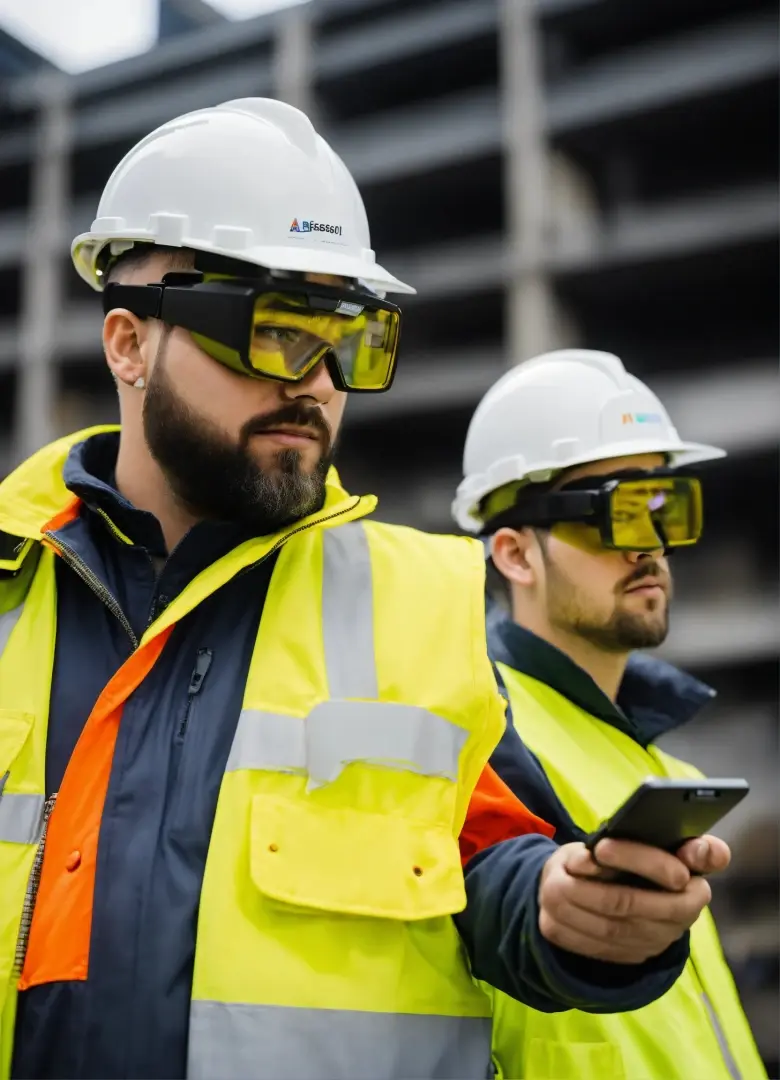ABOUT US
Shaping our future
With all the global problems our planet faces today,
communities of people concerned with them are growing
to prevent the negative impact.
The market for advanced electrical protective equipment is experiencing significant growth driven by increasing demand for power and an expanding female workforce. However, the high costs associated with this advanced equipment pose substantial challenges. Here's a detailed look into these dynamics:
High Costs of Advanced Electrical Protective Equipment
Challenges:
- Initial Investment:
- Advanced electrical PPE, such as arc flash suits, insulated tools, and high-voltage gloves, often come with high initial costs.
- Small to medium-sized enterprises (SMEs) may find it difficult to allocate budgets for such high-cost equipment.
- Maintenance and Replacement:
- The longevity and effectiveness of electrical PPE require regular maintenance and periodic replacement, adding to the overall costs.
- Ensuring compliance with safety standards through regular testing and certification further increases expenses.
- Training and Compliance:
- Proper training on the use of advanced PPE is essential but can be costly.
- Compliance with stringent safety regulations necessitates continuous investment in up-to-date equipment and training programs.
Increasing Demand for Power
Growth Drivers:
- Infrastructure Development:
- Rapid urbanization and industrialization in developing regions are driving the need for robust electrical infrastructure, increasing demand for advanced electrical PPE.
- Renewable Energy Expansion:
- The shift towards renewable energy sources such as wind and solar power involves significant electrical work, necessitating high-quality protective equipment.
- Technological Advancements:
- Smart grid technology and automation in the power sector require sophisticated protective gear to handle complex electrical systems safely.
Growing Women Workforce
Market Trends:
- Diversity and Inclusion Initiatives:
- Many industries are actively promoting gender diversity, leading to an increased presence of women in traditionally male-dominated fields such as electrical engineering and construction.
- Ergonomic and Size-Specific PPE:
- The growing female workforce has prompted manufacturers to design ergonomic PPE that accommodates different body sizes and shapes, enhancing comfort and safety.
- Safety Programs:
- Companies are investing in comprehensive safety programs that address the specific needs of women, including tailored training and equipment fitment.
Strategic Approaches to Address Challenges
- Cost Management:
- Bulk Purchasing and Partnerships: Companies can reduce costs by purchasing in bulk or forming partnerships with PPE manufacturers.
- Leasing Options: Offering leasing options for expensive PPE can make advanced equipment more accessible to smaller firms.
- Innovation and Customization:
- Development of Cost-Effective Materials: Investing in research to develop durable yet cost-effective materials for PPE can reduce overall costs.
- Customized Solutions: Providing customized PPE solutions that cater to the specific needs of different worker demographics, including women, can enhance safety and acceptance.
- Government and Industry Support:
- Subsidies and Grants: Governments can provide financial assistance through subsidies and grants to help companies invest in advanced PPE.
- Regulatory Incentives: Offering incentives for compliance with high safety standards can encourage the adoption of advanced PPE.
- Awareness and Training:
- Education Campaigns: Raising awareness about the long-term benefits and cost-effectiveness of advanced PPE can shift perspectives on initial investment costs.
- Enhanced Training Programs: Implementing comprehensive training programs that highlight the importance and proper use of PPE can improve safety outcomes and justify costs.
By addressing the high costs and leveraging the growth drivers, industries can better manage the challenges and capitalize on the opportunities presented by the increasing demand for power and the diversification of the workforce.





